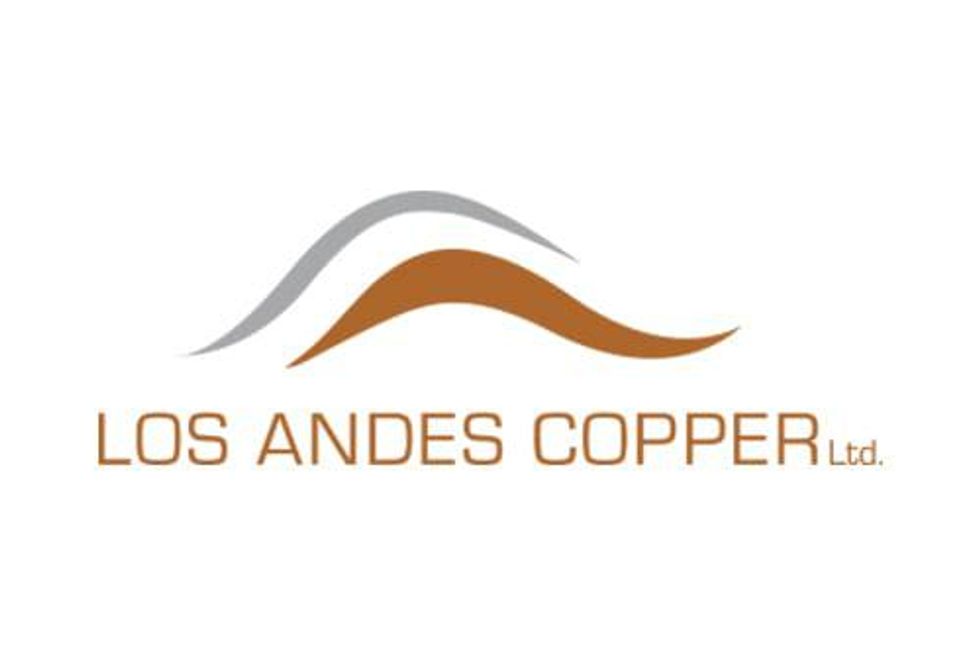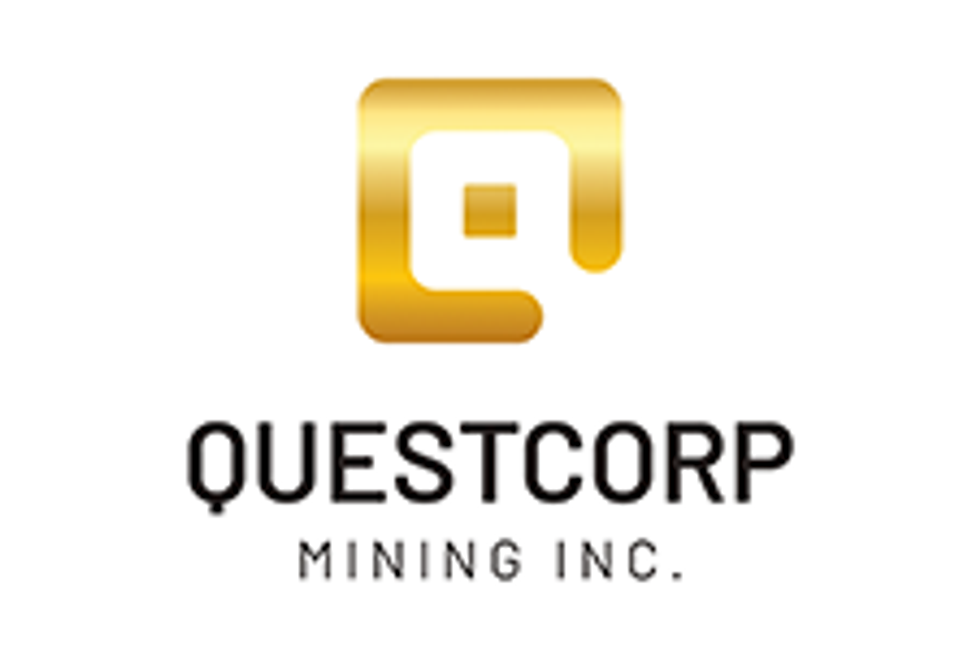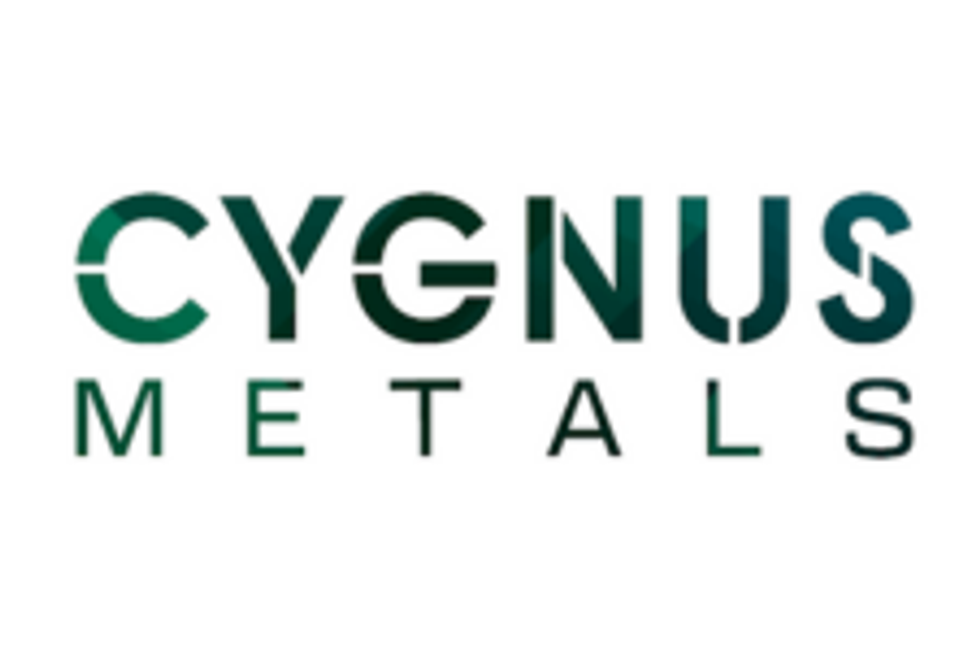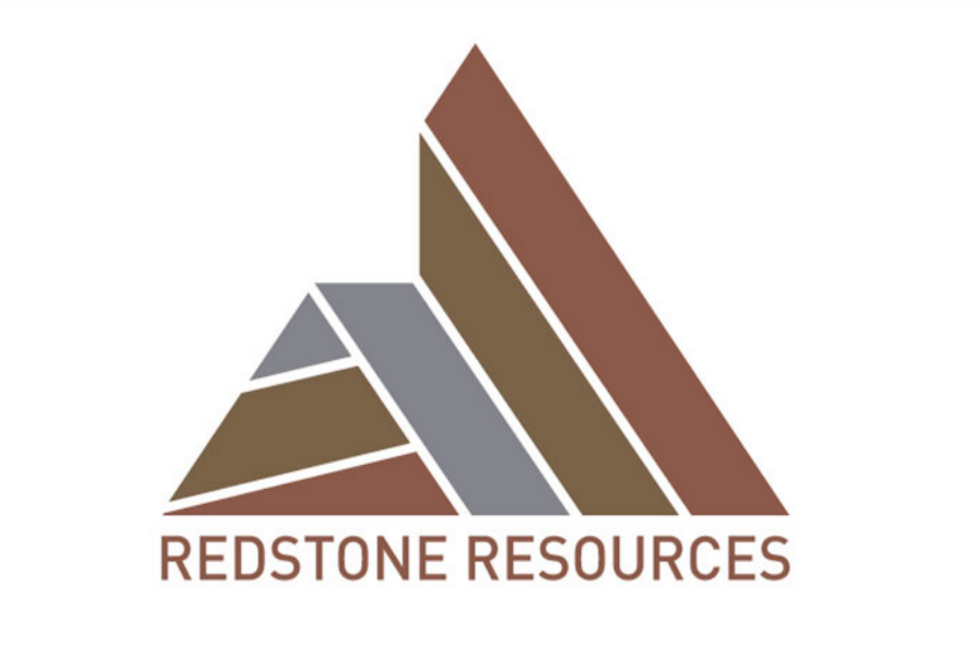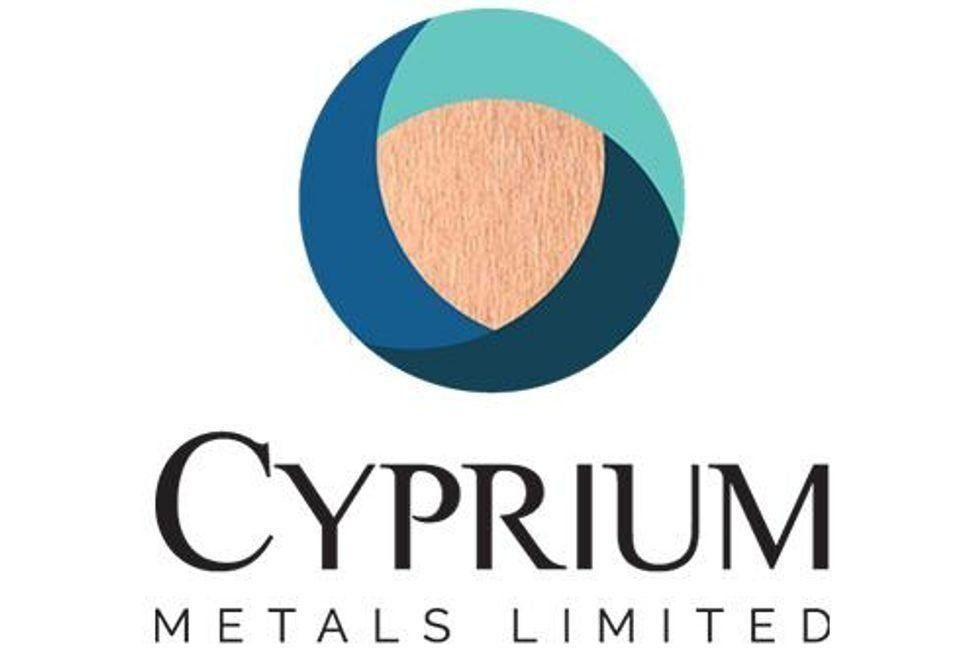
Last Wednesday, Entrée Gold released results of an updated preliminary economic assessment (PEA) for its Ann Mason project in Nevada. Rob Cinits, vice president of corporate development for Entrée, took some time to answer a few questions about the results.
Last Wednesday, Entrée Gold (TSX:ETG,NYSEMKT:EGI) released results of an updated preliminary economic assessment (PEA) for its Ann Mason project in Nevada.
Highlights included an updated mineral resource estimate, an improved mine plan, and improved metallurgy as a result of ongoing testwork. The company also reported that the project would have a US$770 million after-tax net present value (NPV) using a 7.5% discount rate with a 13.7 percent internal rate of return (IRR) (both increased from the 2012 PEA) and a 6.9 year payback period.
Overall, Ann Mason is slated to produce 5.1 billion pounds of copper, 46 million pounds of molybdenum, 400,000 ounces of gold and 8.8 million ounces of silver over its 21 year mine life. It will garner initial capital costs of US$1.35 billion to build, and average all-in sustaining costs are expected to come in at US$1.81 per pound of copper after taxes.
“The 2015 PEA is a significant step forward for Entrée,” said company President and CEO Gregory Crowe in a statement. “It not only substantiates and enhances the results of the 2012 PEA, it also provides a solid foundation for advancing the Ann Mason Project to the next stages of development.”
The Investing News Network got in touch with the company to get some more insight into the results. Below are highlights of our conversation with Rob Cinits, Vice President of Corporate Development for Entrée. Cinits also has an extensive background as a geologist.
Changes from 2012
For starters, Cinits pointed out that after the completion of an infill drill program at Ann Mason and an updated resource estimate 95 percent of the mineralization within the PEA Phase 5 Pit is now categorized in the Measured and Indicated categories. He called it a “huge step” in terms of de-risking the project.
Using a cutoff grade of 0.2 percent copper, Measured copper resources for the entire deposit now stand at 412 million tonnes averaging 0.33 percent copper, while Indicated resources come in at 988 million tonnes averaging 0.31 percent copper. There’s another 623 million tonnes averaging 0.29 percent copper in the Inferred resource category.
Within the PEA (Phase 5 Pit) there are 835 million tonnes averaging 0.30 percent copper, 0.005 percent molybdenum, 0.03 grams per tonne gold and 0.59 grams per tonne silver in the Measured and Indicated categories, and 42 million tonnes averaging 0.27 percent copper, 0.005 percent molybdenum, 0.03 grams per tonne of gold and 0.58 grams per tonne of silver in the Inferred category.
Cinits went on to speak about the company’s decision to move to an increased mill throughput for Ann Mason. As Entrée’s release notes, the change will up capital costs by 5 percent, but will also increase copper production by 12.5 percent while boosting the project’s NPV.
“We found that the 120,000 tonne per day throughput, vs the previous 100,000 tonne per day, worked much better for us,” he said. “It also allowed us to deal with a lot of the stockpiling that occurred early in the mine plan, where you’re getting low-grade materials at the start of the operation.”
The VP explained that while stockpiling lower-grade material might seem like a good idea on paper, there are tradeoffs in terms of oxidation of the stockpiled sulfides, a significant stockpile area to contend with and costs of re-handling material.
“Some people might say, ‘oh, in this day and age, we should be going to a smaller deposit or a smaller throughput,’ and there are plusses and minuses for that,” Cinits said. “Ann Mason really starts to turn when we start processing a lot of tonnes through the plant, and it’s just the nature of the deposit. There isn’t a specific, very small, or very high-grade part that we can start on. It’s basically a large, consistent grade deposit that needs to turn through at a high volume.”
Cinits also noted that the project would see savings through an increased grind size for material going into the mill, as the company found through its metallurgy testwork that grind size could be increased without a significant decrease in copper recovery.
Metallurgy
Going forward, Cinits stated that there would be more to look forward to in terms of results from the deposit, as additional metallurgical results are forthcoming.
“The [2012] PEA was more of a first pass, early stage testwork program from a few locations,” he said. “This time we took literally hundreds of [samples from] throughout the deposit. We had it better characterized in terms of the mineralogy, and we had different mineralogical domains, so we wanted to make sure how they all behaved.”
“We delayed the PEA so that we could get enough of the metallurgical results back from the lab (SGS) and the consultants from AGPcould complile the dataand feel comfortable with the numbers that we were putting into the PEA,” he added.
Cinits stated that the company expects to release further metallurgical results in Q4 2015, but that these will not be incorporated into the PEA.
Price assumptions
Certainly, it’s still tough out there for mining companies, as prices for many metals and commodities continue to fall. Copper prices have fallen nearly 9 percent in the past three months alone, and are down 21 percent over the past year. Prices are currently sitting around US$2.45 per pound.
At US$3 per pound copper, US$1,200 per ounce gold, US$20 per ounce silver and US$11 per pound molybdenum, the base-case price assumptions used in Entrée’s PEA were still higher than current metal prices. The low-case price scenario was more on-point for gold and silver, but was still above current copper prices.
Cinits discussed how prices get chosen for technical reports. “We look at a lot of external sources,” he said, including comments on the market from major mining companies such as Glencore (LSE:GLEN) and Rio Tinto (NYSE:RIO), average forecasts from analysts and banks, and numbers that other companies are using in their own technical reports.
“We want to make sure that we’re basically in the grouping,” he stated. “We don’t want to be a huge end-member as far as being too high or too low, but we’re right in a very comfortable area.”
While prices are low right now, the company is looking ahead to the medium term when the project will actually be in production, for which a number of analysts are calling for higher prices.
“Prices are dropping right now, but all of these sources are saying long term, the prices will recover,” Cinits said. “Ann Mason is not in production right now. We’re looking several years out, and we believe a US$3 per pound copper base case price is reasonable.”
Of course, it’s a cyclical industry, and while copper prices may certainly rise in the medium term, they will also inevitably fall again.
Importantly, Cinits said that Ann Mason would be well positioned to weather drops in metals prices after capital expenditures for the project are paid off, since the mine features very low all-in sustaining costs of US$1.81 per pound of copper.
“Once it’s built and the initial capital is paid back, Ann Mason really fits in there with a lot of the major mines in the world as far as being sub US$2 for a lot of those categories,” he said. “We feel once it’s up and running and built, it can survive the downturns and do very well in the upturns.”
Cinits added that Entrée may include additional, lower-case price scenarios in the sensitivity charts when it puts out its official technical report.
Next steps?
For now, the capital markets remain challenging for resource companies, and Cinits stated that Entrée remains open in terms of how it will bring Ann Mason forward.
“If the markets did turn around and it seemed like something we could finance a small portion of, along with a partner, we would certainly take a stab at it. But right now, that’s not a reasonable approach,” he said.
“What we are looking to do is to find a strategic investor, a large company that would come in with the mining know-how, but also the capital behind them to tackle such a large project as this,” Cinits explained. “We would certainly remain involved, but they would have the money to be able to develop it. Unless something changes drastically, that’s our approach.”
Bullish on copper
With more than just Ann Mason on its roster, Entrée is certainly comfortable betting on copper. Adding the caveat that he’s not an expert on metals prices (as mentioned above, Cinits is a geologist by training), he noted that Entrée’s team “spend[s] a lot of time reading the articles, attending conferences, and listening to the experts on metals and where they’re going.”
“Everyone knows that ore grades are generally decreasing in mines,” he said, adding that for most companies, exploration budgets have been brought down considerably leading to a lower rate of discoveries.
“And we know mines, they eventually run out and shut down and there has to be a pipeline of new deposits,” Cinits stated. “That pipeline is scarily not there. So that’s a problem.”
Further to that point, he argued that despite a decrease in economic growth in China, the country would still need a fair amount of copper. Other developing economies, such as India, will need more copper as well.
Cinits conceded that it’s anyone’s guess how long the current downturn will last, but reiterated, “We are very bullish on medium to long term copper.”
Entrée Gold was down 2.86 percent to C$0.34 per share on the TSX in the past week. It’s share price has lost 30 percent in the past three months, but is still up 65 percent year-to-date and is trading within a 52 week range of C$0.18 to C$0.66.
Securities Disclosure: I, Teresa Matich, hold no direct investment interest in any company mentioned in this article.
Editorial Disclosure: The Investing News Network does not guarantee the accuracy or thoroughness of the information reported in the interviews it conducts. The opinions expressed in these interviews do not reflect the opinions of the Investing News Network and do not constitute investment advice. All readers are encouraged to perform their own due diligence.
Entrée Gold is a client of the Investing News Network. This article is not paid-for content.
